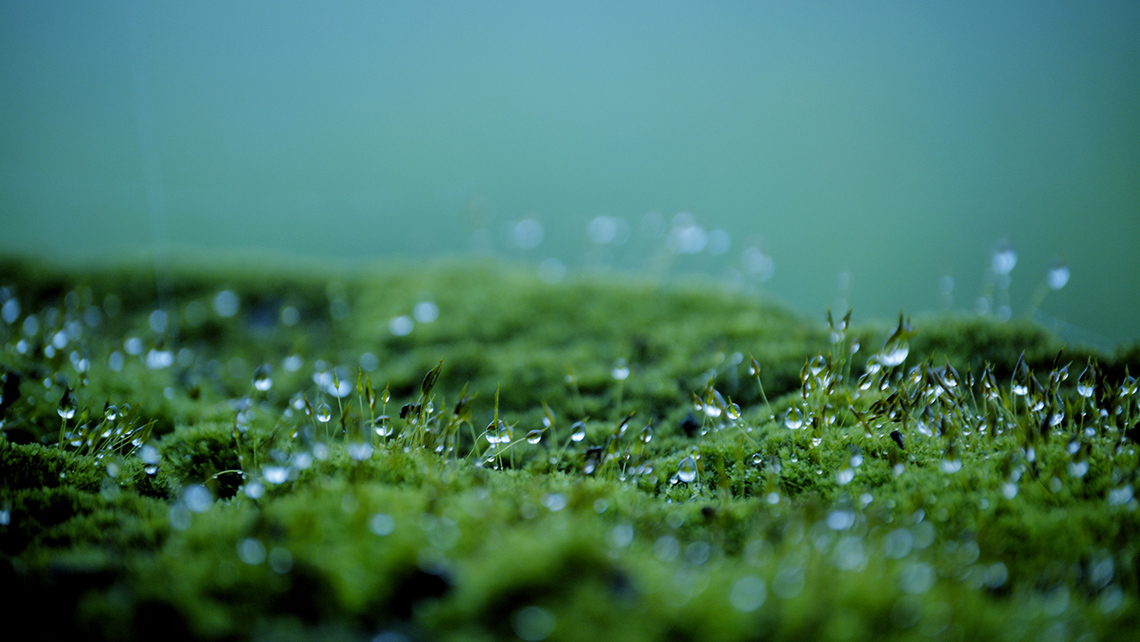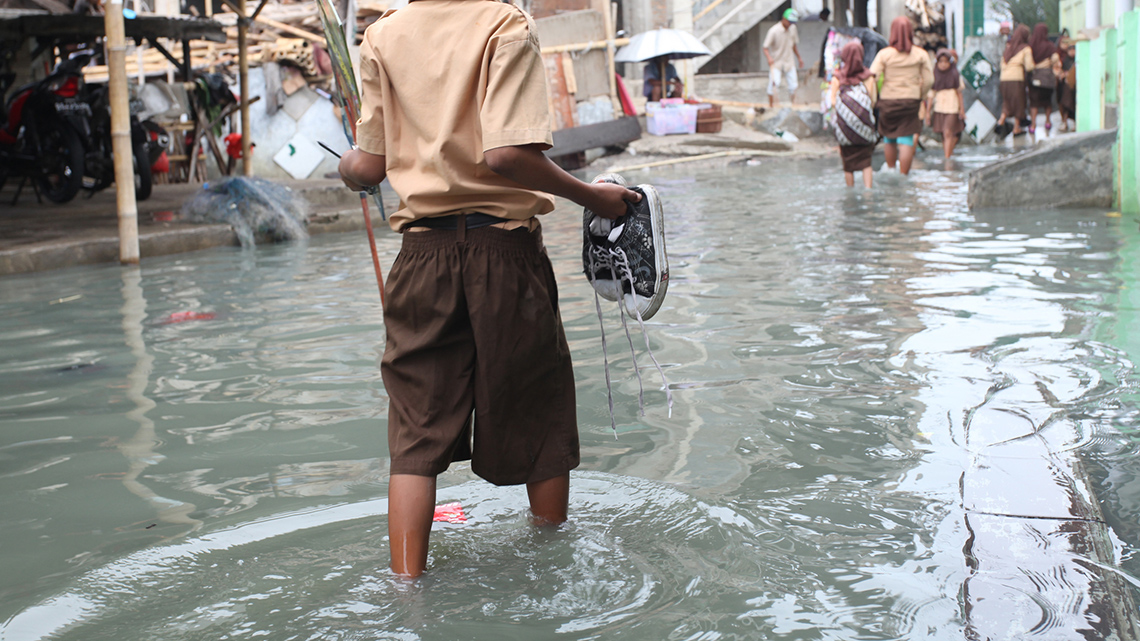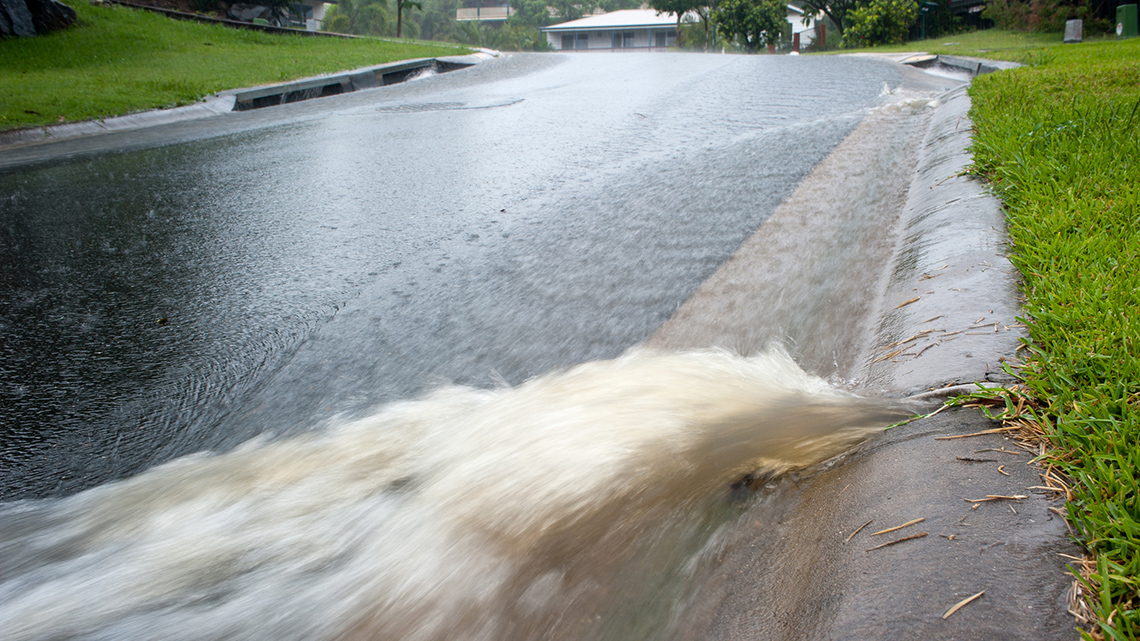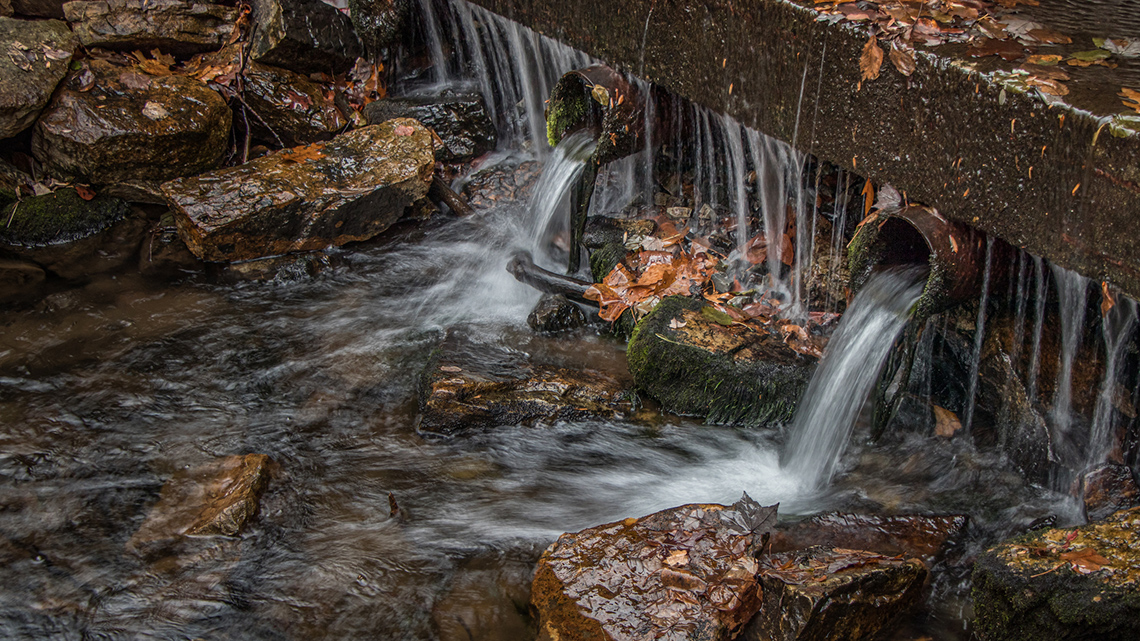Minds On
What does storm water mean?
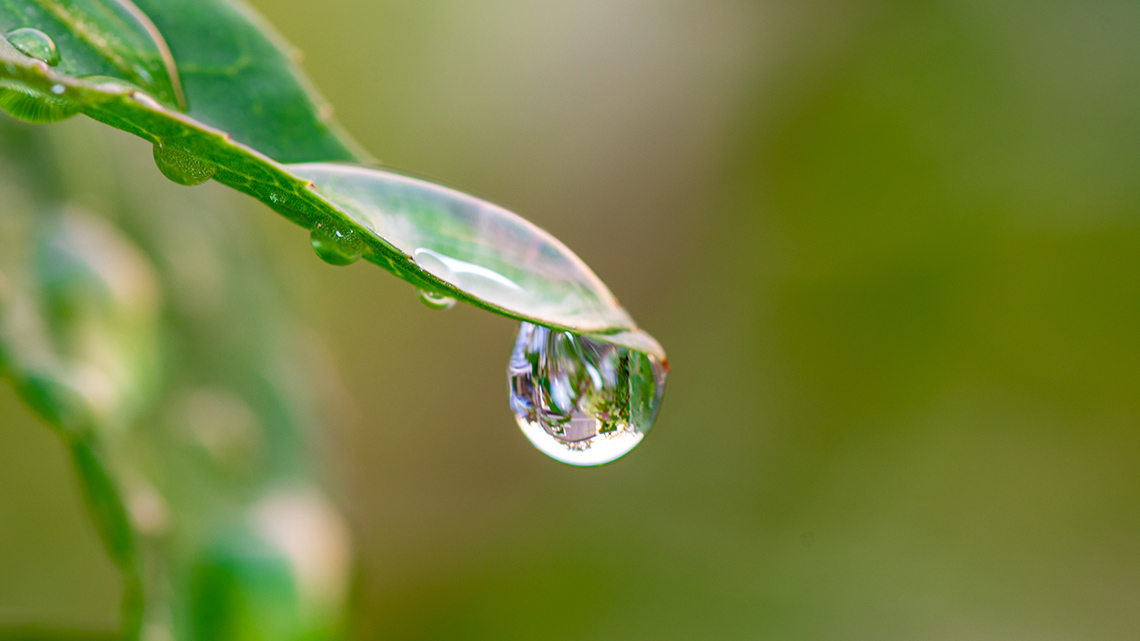
What do you think the words storm water mean? Create a brainstorming web in print or digitally using a similar format to the following illustration.

Diagram with a central square containing the text “Storm water” surrounded by six blank outer squares. There are arrows pointing from each outer square to the central square.
Complete the Storm Water Brainstorming Web in your notebook or using the following fillable and printable document. If you would like, you can use speech-to-text or audio recording tools to record your thoughts.
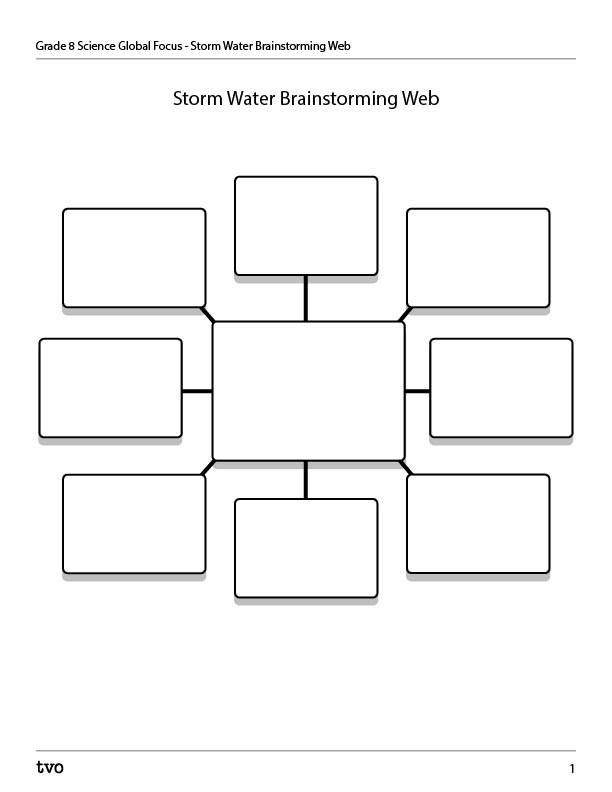
Press the Activity button to access the Storm Water Brainstorming Web.
Activity (Open PDF in a new tab)What key words or images do you think about when you consider the words storm water? Add these words and ideas to your brainstorming web.
Where does the rain go?
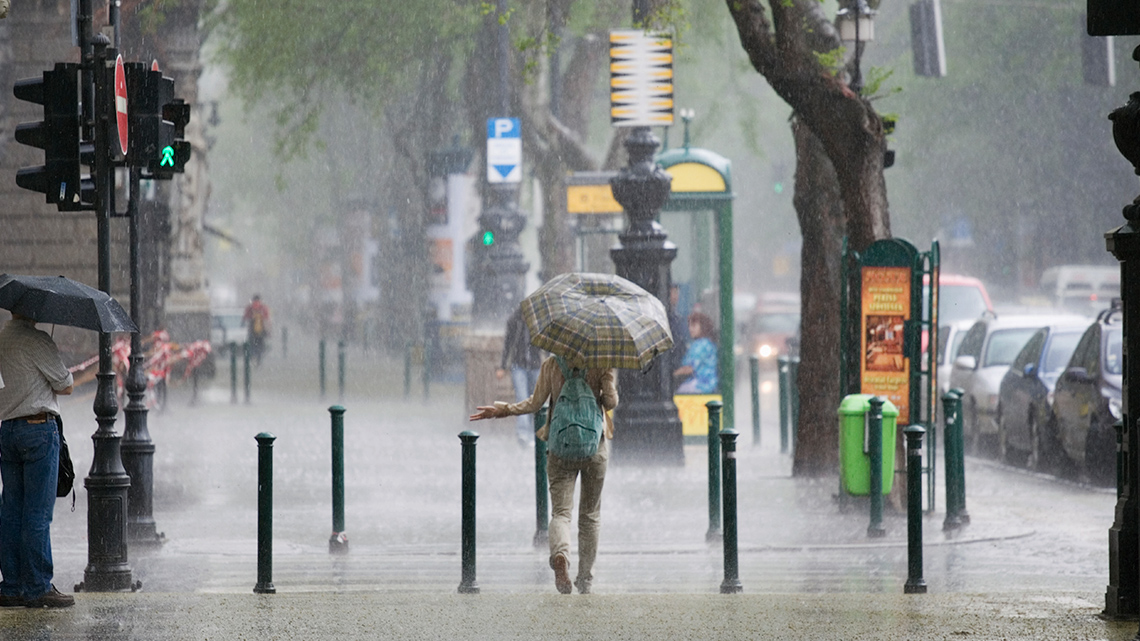
Where does rainwater go when it hits the ground? Think about different landscapes across the world – such as a forest, a desert, the country, or a large city – what happens to all the rainwater? Record your ideas orally, digitally, in print, or in another method of your choice.
Action
What is storm water system runoff?
Storm water is water that originates as a form of precipitation, such as rain or snow, and water that is unsanitary and released into the environment by humans. For example, water that runs off gardens or used to wash cars runs and is combined with storm water. Therefore, storm water can be both natural and human made.

Illustration of an urban environment with houses in the background, roads, storm drains, and a body of water in the foreground. It is raining on the houses and roads. Labels on the houses read: “runoff from roof surfaces,” “roof/gutter downspouts,” and “yard runoff.” Arrows show this runoff going to a small street with labels: “storm drain inlet,” “gutter and street runoff,” and “yard runoff.” Labels on the bigger road read: “storm drain inlet” and “storm drain system.” Arrows on the bigger road show puddles of water moving to the storm drain inlets. Between the large road and the body of water, there are storm drains. Arrows show the water exiting the storm drain and entering the body of water. The storm drains are labeled “storm drain outlet.” The water body is labeled: “Water body. Storm water runoff ends up in local creeks, streams, lakes, rivers, and/or the ocean.”
Surfaces, especially in larger cities, such as sidewalks, rooftops, and landscaping prevent water from soaking into the ground. If this storm water is not managed, it could cause flooding and health and safety risks. Access the following article “Storm Water: Treat it Right” to better understand storm water management.
Press the Article button to access Storm Water: Treat it Right.
Article (Opens in a new tab)Storm water quiz
Select the correct answer, then press ‘Check Answer’ to see how you did.
Storm water is not treated
Storm water does not go through a treatment process before it is sent to ponds or rivers. This means that human behaviours affect what else might be in storm water. The following quiz is about the sources of substances that you may find mixed in with storm water. Sort these substances into these sources: precipitation runoff, people using water, or both.
Place each Substance in storm water card into the Pollutant source category (precipitation runoff, people using water, or both precipitation and people).
Who manages storm water?
So, who manages storm water? There are many different people involved at different phases of storm water management. You will explore two of these careers.
Connections
Career connections: Engineering technologist and storm water scientist
Engineering Technologist provides front line technical support for engineers by providing technical services and expertise. For example, their day-to-day job might include:
- developing detailed drawings for engineers and construction
- map and provide the outline for existing and new drainage systems
- conduct cost estimates for drainage systems
- inspect construction projects that are underway
Storm Water Scientist investigates and tests the quality of storm water. Storm water ends up in creeks, streams, and ponds which will eventually be drinking water, so a storm water scientist tests this water to make sure it is safe for aquatic species and plant life. For example, their day-to-day job might include:
- collect water samples and conduct water quality tests
- testing water samples in a lab for pH levels
- use separation techniques to separate chemicals from the water
- works at the storm water management system to manage water before it is sent out into local streams and rivers
Global connection
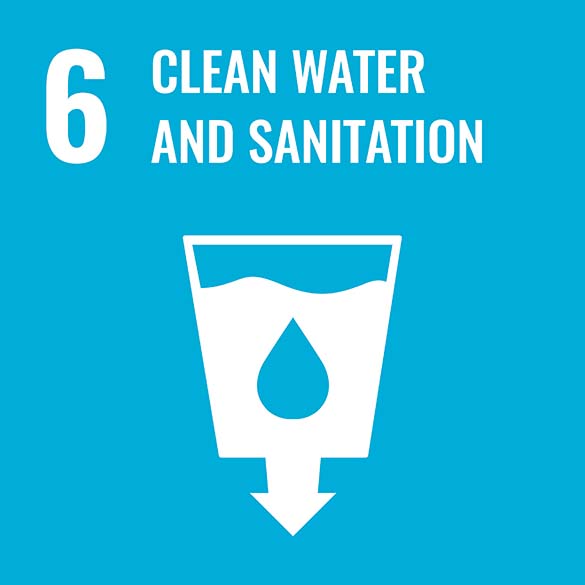
The United Nations (UN) is a group of many countries from around the world that have come together to create a better future for people and the environment. They have created 17 goals called the Sustainable Development Goals.
This learning activity is connected to Goal #6: Clean Water and Sanitation. This means everyone should have Safe drinking water and sanitation. Having clean water affects not only health but things like reducing poverty, having food security, and having a sustainable ecosystem.
Storm water management
A lack of storm water management can lead to both pollution and flooding risks to nearby waterways and communities. Many communities draw their drinking water from surface water sources. Poor surface water quality results in increased drinking water treatment costs which cannot be maintained in all areas of the world.
Green infrastructure
Engineers and scientists are always working to design, develop, and build more sustainable storm water management systems with an effort to protect critical environments around the world.
In cities, green infrastructure works with traditional piping to reduce flooding and water pollution. Vegetation, soils, and natural processes capture and evaporate water before it enters the pipe system which reduces flooding and water pollution.
Press the following tabs to learn about some elements of green infrastructure in storm water management.
Swales, usually grassed, replace traditional drainage pipes if space is available. They slow water down and trap sediments to improve water quality.

Trees provide shade and cool the air while reducing the amount of hard, impermeable surfaces in a city. High-quality trees and planting strategies are vital to the success of storm water management.

Rain gardens have a special soil filter that removes pollutants from storm water runoff and send the filtered water downstream.

1. Runoff from impervious surfaces flows to the rain garden or retention basin. 2. Hardy, local plants with deep roots soak up some of the water runoff. 3. Berms around the perimeter of the garden keep water in place during heavy rains. 4. Well-draining mix of topsoil, sand, and compost filters the remaining water and releases it into the native soil.
Directing storm water to the surface of landscaped areas provides irrigation to the plants and reduces storm water runoff in local drains and city systems.

A hole with a permeable pipe is placed beside the roadway. Water runs through the pipe to a location under a tree that is lined with geotextile lining and structural soil. The water leaves the pipe and permeates the soil under the tree.
Case Study: Gladstone, Queensland, Australia
APLNG is a company investigating innovative storm water management strategies to protect a range of critical environments within the Great Barrier Reef area. A system was designed to clean contaminated storm water and minimize erosion. A perimeter drain was installed around the APLNG facility to protect the environment during heavy rainfall by ensuring runoff from different areas do not mix and minimize the amount of water that is required onsite. Valves are manually controlled so that they can be closed to allow water treatment if it is contaminated. Storm water released from the perimeter drain is channeled to concreted rock outfalls that minimize erosion and support the environment.
Pause and Reflect
Pause and reflect
- Why do you think they call these designs ‘green infrastructure’?
- What are some similarities between these management systems? What are some differences?
Record your ideas in a notebook or another method of your choice.
Consolidation
A proposal for a growing community
A community with many trees, streams, and ponds is expanding and developing new roads and parks.

Student Success
Think!
If possible, work with a partner or a group to create a proposal to the community to bring them to a vote about what type of storm water management system should be installed and why.
Consider the following questions:
Share your ideas using a method of your choice.
Note to teachers: See your teacher guide for collaboration tools, ideas and suggestions.
Proposal checklist
I can communicate my learning by…
Reflection
As you read the following descriptions, select the one that best describes your current understanding of the learning in this activity. Press the corresponding button once you have made your choice.
I feel…
Now, expand on your ideas by recording your thoughts using a voice recorder, speech-to-text, or writing tool.
When you review your notes on this learning activity later, reflect on whether you would select a different description based on your further review of the material in this learning activity.
Press ‘Discover More’ to extend your skills.
Discover MoreUsing the information that you have learned about storm water management, create a 3D model of an innovative water management system that could be used in a city and demonstrate how it works. You could also create a detailed written or audio description about what you would build. You can use any materials you have. Some helpful materials could be:
- straws or another form of tubing
- modelling clay or playdough
- plastic plants or fake grass
- large tray or box
- watering can (to simulate raining)
Follow up questions
- How does your storm water management system work? Specifically, how does it work in a city?
- How would you consider it “green” or sustainable?

